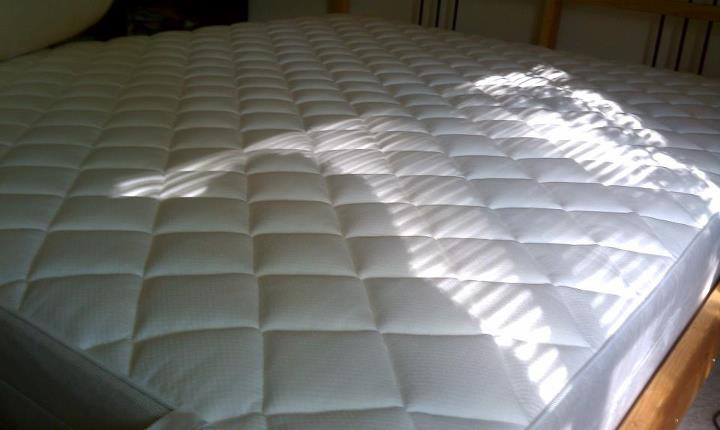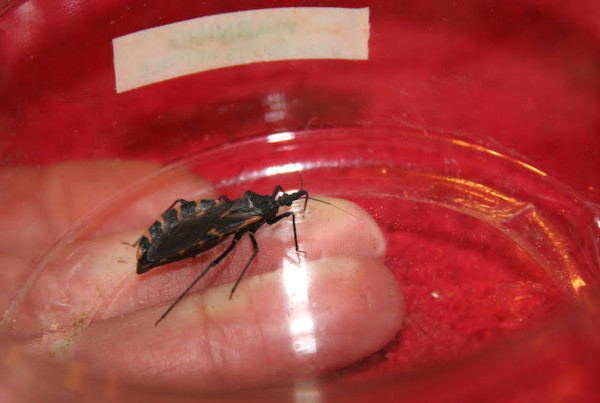For years, engineers have had to make a tough decision: whether to place fire retardant materials, many of which are toxic, into common household goods such as mattresses and toys.
The idea is to safeguard against fire risks, but many critics say that long term exposure could result in a variety of health risks.
But what if there was a material that could reduce flammability – one that didn’t carry potential negative health risks? Christopher Ellison, associate professor at the Cockrell School of Engineering, says that researchers at the University of Texas at Austin may have found the answer.
Ellison says dopamine, a neurotransmitter, can serve as a flame retardant additive to mattresses or other household materials.
“We were the very first to report it,” he says. “You can synthesize it biochemically… or you can synthesize it from standard petrochemical stock.”
They soak polyurethane foam in mixture of water and dopamine, which forms a kind of plastic.
“It makes a coating uniformly over the entire foam,” he says, “and it’s that coating that is the flame retardant.”
Listen to the full interview in the audio player above.















